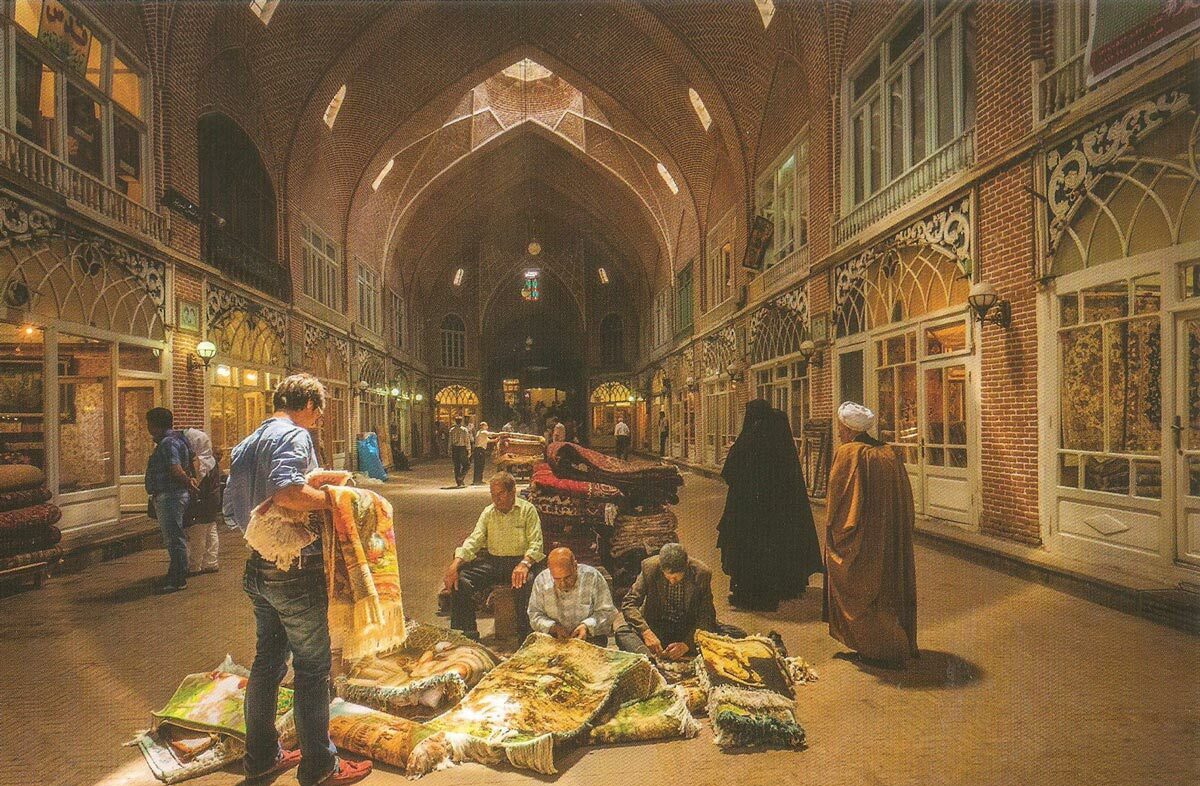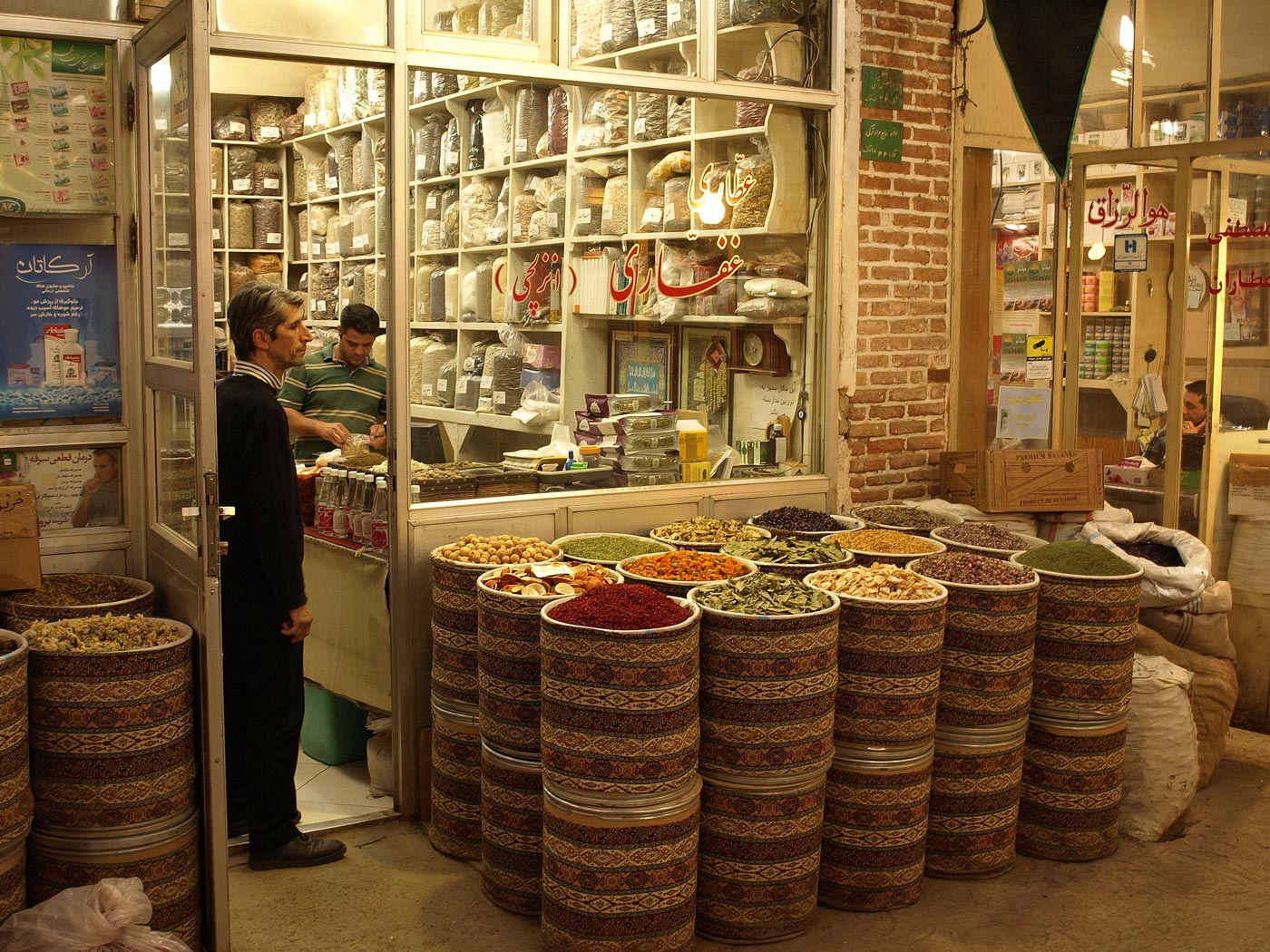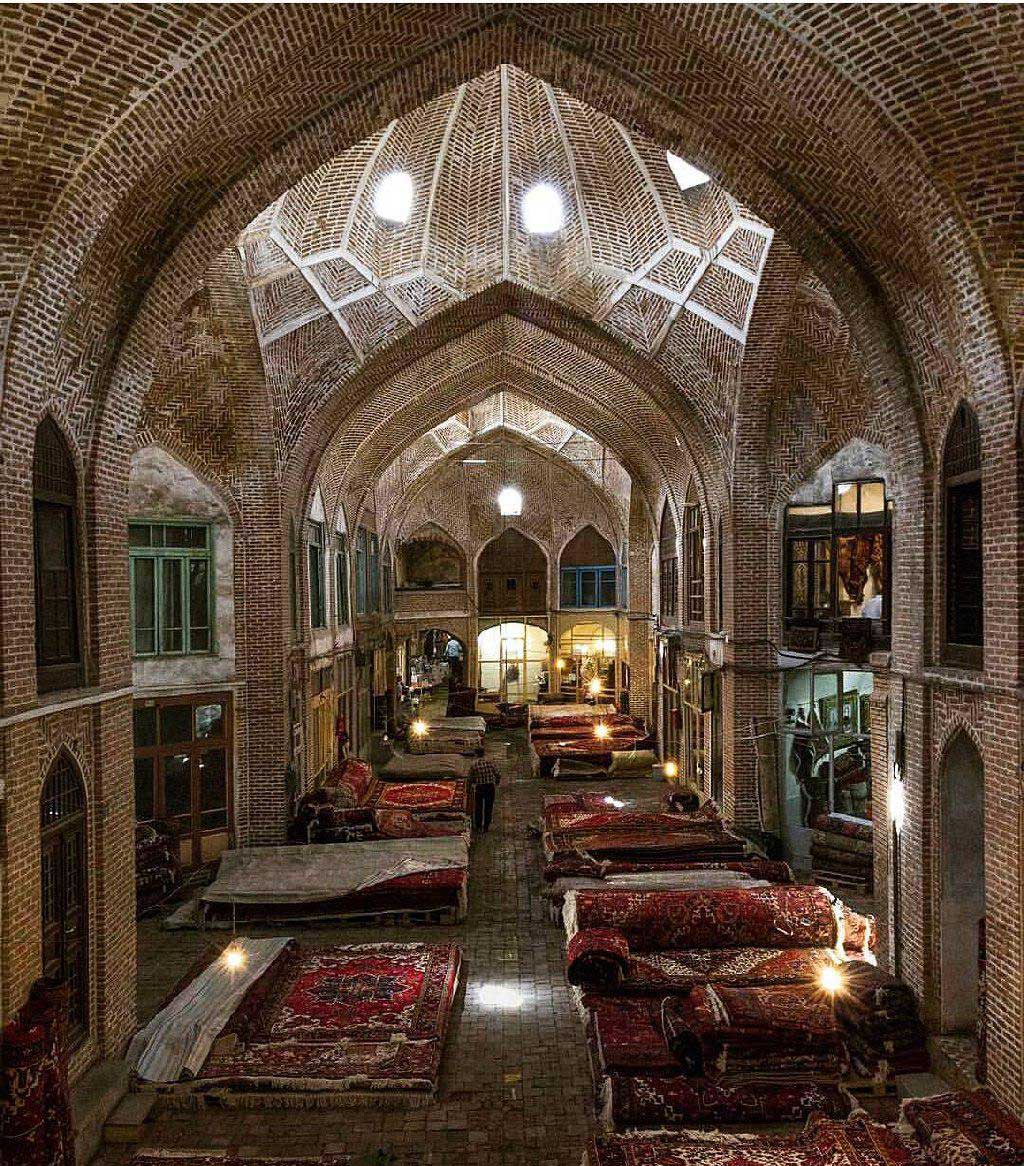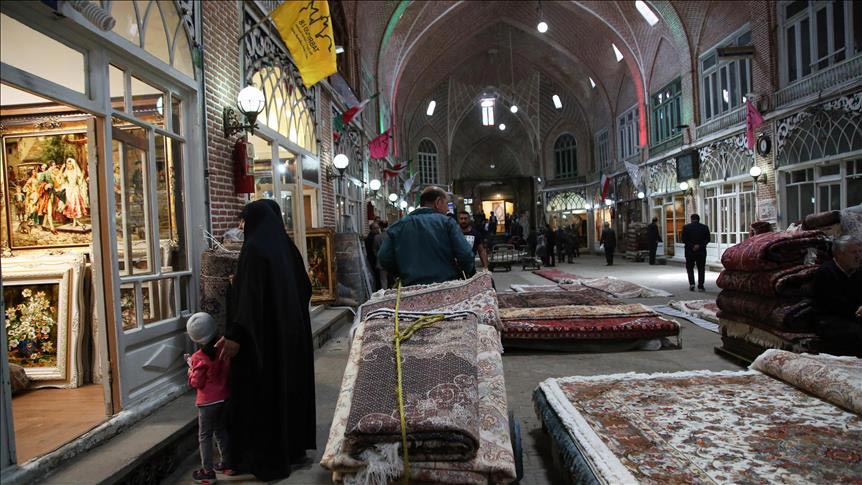Iran (IMNA) _ The center of Bazaar is located in a four-edged shape. The eastern part of the bazaar is Ali Qapu (The king’s son’s palaces complex) and in the west of the bazaar, you can see Jameh Mosque of Tabriz.

History of Tabriz Bazaar
There are some documents of tourists mentioning the bazaar in the 10th century. The other significant point of the bazaar is its location on the Silk Road. The gates of this bazaar were considered as the city’s main gates. It is famous since the Seljuq Dynasty. Since the Ilkhani Era in which Tabriz was selected as Iran’s capital, the importance of this bazaar was highlighted. At that time, there were three docks on the Silk Road. One in Tabriz, one in Rome, and one in China. It was famous during the Safavid Dynasty. So many people went there to trade. Due to the earthquakes, the bazaar has been destructed several times. It has been renovated several times and some buildings were added to the complex. In the late Zand Era and early Qajar Era, it was renovated under the command of Najaf Gholi Khan. In the Qajar Era, it was a prominent export center and was the main Iran export center to Europe. They exported silk, weapon, tobacco, dried fruits, and paints. They also imported mirrors, silk and velvet cloths, sugar, and metal. In 1909, the map of the bazaar was drawn by Asadullah Khan. The map included the Timchehs and caravansaries.

Tabriz Bazaar Features
One of the features of this bazaar is the various occupations in the bazaar. On one side of the bazaar, you will be amazed by the astonishing gold and on another side, you can find different kinds of handicrafts. Tabriz leather is also a famous handicraft of Tabriz which you can find its different types and brands in the bazaar. One of the main handicrafts of Tabriz is also Tabriz carpet. You can find original hand-woven carpets in Mozafarieh Timcheh.

The remarkable point about this bazaar is that besides all the goods you can buy in the bazaar, it has preserved its historical, social, and architectural aspects.
Because bazaar includes different parts of a city, Tabriz Historic Bazaar Complex is the vastest and the most complete bazaar of Iran. It still is the greatest trading center in Tabriz. The good point about the bazaar is that whenever you enter each store, you can still find ancient stuff there. The whole complex has an area of 51085 square meters.

Is It the World’s Largest Roofed Bazaar?
Bazaar of Tabriz or Tabriz Grand Bazaar is known as the world’s largest roofed bazaar. It is also the vastest and largest roofed and bricky complex in the world.

Tabriz Bazaar in Historical Documents
So many tourists have visited Tabriz Bazaar. Some to mention are Ibn Battuta, Marco Polo, Jean Chardin, Eugène Flandin, Hamdallah Mustawfi, Tavernier, and Houtum-Schindler.

Tabriz Bazaar Architecture
The width of the bazaar is 4 to 5 meters and the height is 5 to 6 meters. There are 11 corridors, 24 caravansaries, 2 Chaharsou, 1 square, 31 bazaars, 7 Bazaarcheh, 25 Timcheh, 29 mosques, 4 schools, 6 baths, 1 Zoorkhaneh, 5 museums, 8 gates, and 2 libraries.

Registered in the List of UNESCO World Heritage Sites
Due to the II, III, and IV criteria it has been registered as Historic Bazaar Complex in 2010. Between the 12th and 18th century it was a prominent international and cultural trading center. And that is only because of its location for being on the Silk Road. It is also a great example of religious, political, social, and economic.

Apochi


Your Comment